Originally posted March 2014
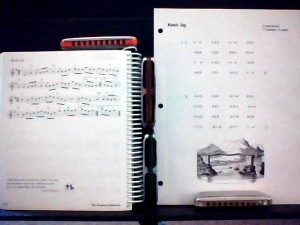 This article is a response to an email from Oisin, a harmonica player from Dublin, Ireland. He wrote to say that he plays a little bit, but has trouble learning songs.
This article is a response to an email from Oisin, a harmonica player from Dublin, Ireland. He wrote to say that he plays a little bit, but has trouble learning songs.
Whistle, Sing, Hum
Probably the best thing to help you learn songs by ear is to sing, whistle, and hum them to yourself. If you can perform a tune even roughly with your voice or by whistling, it’ll make searching and experimenting go a lot faster on the harp. Once you’ve figured out a tune accurately by ear, hurrah! You’re free to wander the land as a free-reed troubadour, unencumbered by songbooks and tab pages. If you’re not quite sure if you’ve got it right, listen to somebody else play it, and consult an accurate tab or piece of sheet music.
Improve Your Single Notes
Many of my students have reported that working on getting clear single notes has helped them to learn melodies. I recommend using a pucker technique, as described in my videos and blog. But even without single notes, if you aim for the right starting note and get the blows and draws in the right order, it should still sound pretty good. For extra polish, work on cleaning up your single notes, and it’ll sound great.
Tab and Sheet Music
Finally, as a failsafe, you’ll want to either learn to read music on the harp, or at least use accurate tab pages, such as those found on my Tabs page.
Numerical tablature, or “tab,” is quick to learn, and tells you which holes to play, whether to blow or draw, and if a bend is required. It doesn’t tell you much about rhythm, but can communicate a little bit about when to pause, by leaving space between phrases.
Sheet music takes a bit longer to learn, but its dots and lines will tell you the exact note names and rhythms, which are universal on all instruments. Then it’s up to you to learn where those notes are located on your harp. It’s slow going at first, but each tune you learn this way will come a little bit faster.
Conclusion
Basically, there are two parts to learning a song. First, get clear on exactly how the song goes, either by whistling/singing/humming or by consulting an accurate tab or piece of sheet music. Then work on playing it so it sounds good to your ears. For extra credit, practice slowly, using clear single notes.
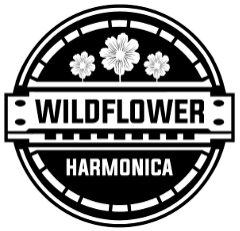
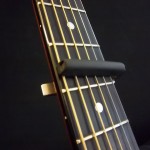 I get a lot of requests for Dylan and Neil Young songs, and I do what I can, but you can actually figure out a lot of this stuff yourself through experimentation, by listening to the recording with a harp in your hand, blowing along and trying to match the sound.
I get a lot of requests for Dylan and Neil Young songs, and I do what I can, but you can actually figure out a lot of this stuff yourself through experimentation, by listening to the recording with a harp in your hand, blowing along and trying to match the sound.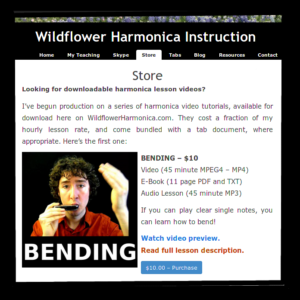
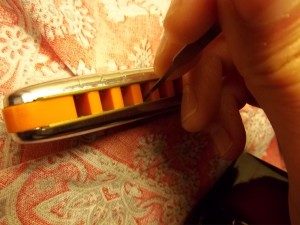 A reader named Alena wrote in to ask about her 4 draw. She said her 5 draw was nice and clear but 4 wasn’t playing. From her description, it sounded like maybe her 4 draw reed was stuck.
A reader named Alena wrote in to ask about her 4 draw. She said her 5 draw was nice and clear but 4 wasn’t playing. From her description, it sounded like maybe her 4 draw reed was stuck.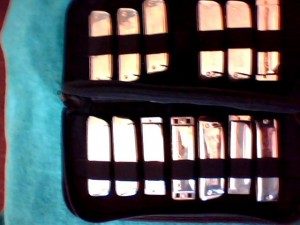 If you’ve been using my Tabs page, you may have noticed that I don’t always tell you which key harmonica to use.
If you’ve been using my Tabs page, you may have noticed that I don’t always tell you which key harmonica to use.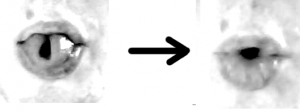
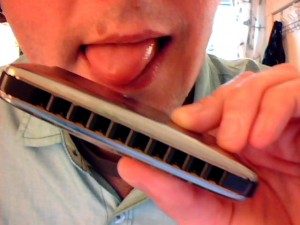 A reader asks, “Do harmonica players use their tongues?”
A reader asks, “Do harmonica players use their tongues?”